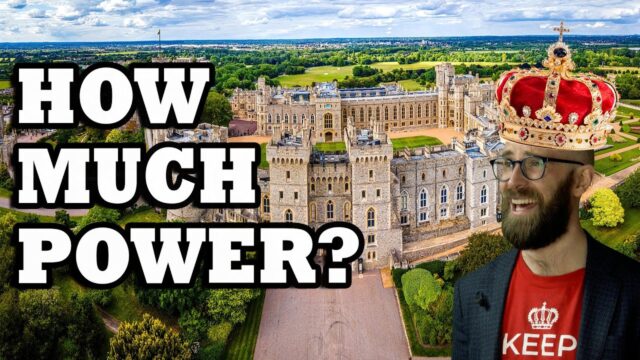“Unraveling the Myths: The Surprising Reality of Medieval Monarchical Power Revealed!”
In this document, the local rulers of the Holy Roman Empire were referred for the first time as
‘Owners of their own lands’
Which essentially relinquished almost all executive power into their hands.
Let’s take a breather to recap now.
European monarchs’ powers were limited to a higher or lesser degree by the oaths and contracts negotiated with their ruling classes. The extent of these limits depended on the sovereign’s own strategic vision, goals, ambitions, and access to resources. The balance of power between the centre and the periphery thus manifested via the councils of magnates and the feudal administrative system.
We should mention at this stage that the feudal system addressed the issue of delocalised administration, sure, but it may have borne out of external economic pressure, exerted by Islamic expansion.
This is according to Dr Basrowi, Lampung University, and Dr Ajat Sudrajat, University of Jakarta, Indonesia. In their paper Islam and European Feudalism in the Mid-Century, they argue that early Islamic expansion across the Middle East, North Africa, Spain and Southern Italy, cut off much of Europe from lucrative trade routes with said territories.
‘Since the Muslims dominated the Mediterranean Sea in the 8th century, European economy had a drastic deterioration … commerce was ruined or nearly dead. The fall of commerce in this field had pushed Europe to reuse land as a life source.’
In other words, the two scholars describe how feudalism was instituted as a viable way to maintain the productivity of agricultural land, thus ensuring the self-sufficiency of European kingdoms in the absence of foreign commerce. It is an interesting argument, which raises the question of whether feudalism was a system imposed for administrative reasons, or developed to address economic pressure from the Muslim world.










